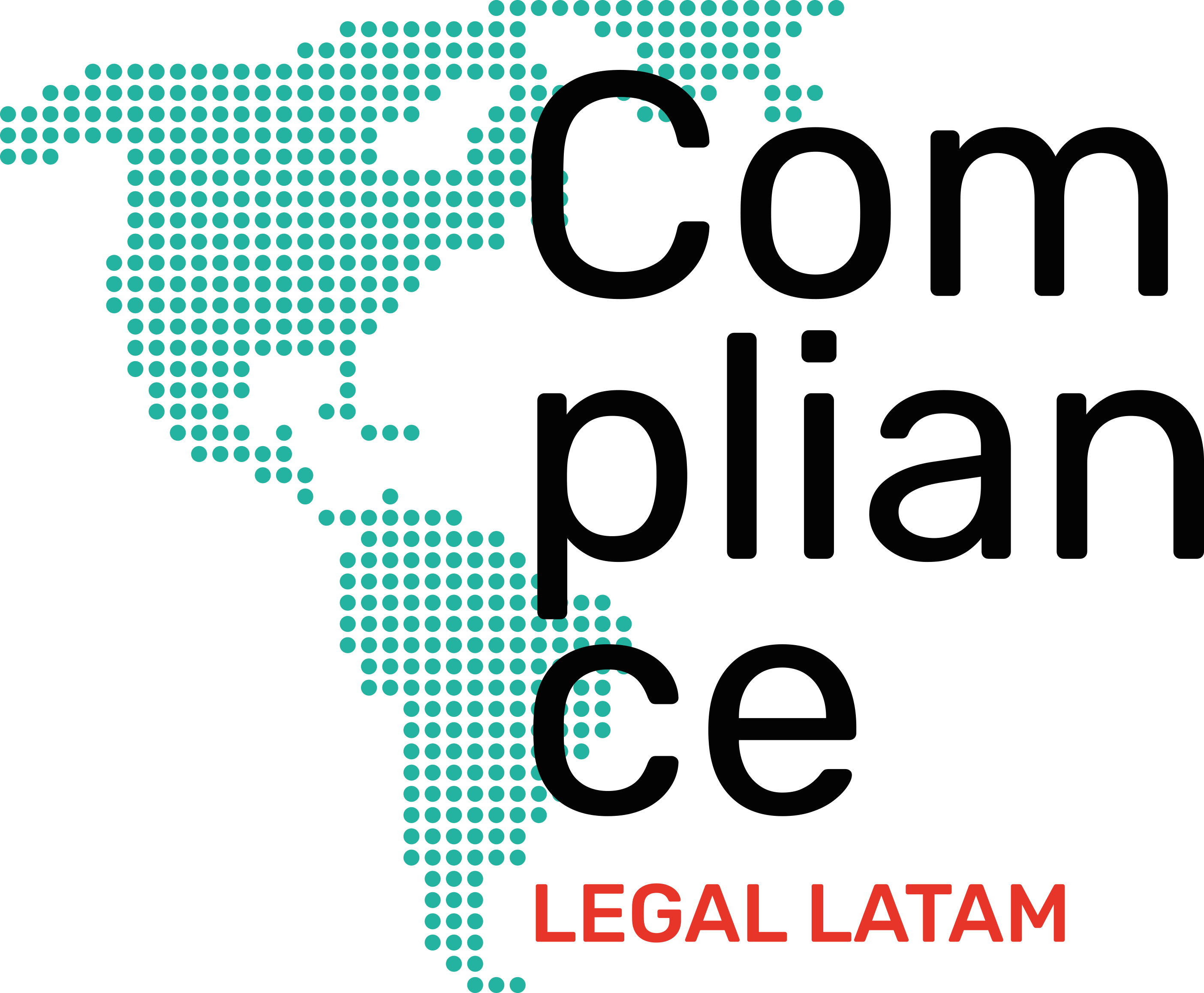By Soledad García Fariña, Corporate Secretarial & Internal Audit of Tata Consultancy Services and Collaborator of Compliance Latam.
On a daily basis, we witness advances in technology. In the world, we are witnessing the advancement of the blockchain (1) and its applications, and the growth of artificial intelligence.
For its part, the sharing or collaborative economy widely enabled by modern technology has expanded to touch almost all aspects of society. Blockchain allows the management, governance and execution of associations and contracts between entities in an automated way and collaborative economies justify the conception of DAOs and promote their potential growth for the future. This represents a challenge for all stakeholders, since a practical and sustainable regulatory framework is required. It may be necessary for all legal systems to adapt, since specific rules regarding DAOs in the aforementioned subject and in money laundering rules are not clearly presented, this is no exception.
To begin, it is convenient initially to briefly define what DAOs are.
Decentralized autonomous organizations, for its acronym in English, are a new type of organization mounted on the aforementioned blockchain in which the agreements between the participants are these, the constitutive statutes themselves, social agreements or even any agreement between the participants does not stipulated in the constitutive documents, are written in Smart Contracts (2) recorded in a decentralized network, in this case, Ethereum. According to what is stated in the creation document of the first DAO (Jentzsch) “…for the first time, it allows the creation of organizations in which (1) the participants maintain direct control in real time of the funds contributed and (2) the rules of government are formalized, automated and applied using software. Specifically, a standard smart contract code has been written (Szabo [1997], Miller [1997]) that can be used to form a Decentralized Autonomous Organization (DAO) on the Ethereum blockchain.
DAOs can have any object as stated in Model Law 3, although initially, the first DAO was created as a non-profit.
Following Dewey, Amuial, Seoul, one of the reasons for establishing a DAO is anonymity (Dewey, Amuial, & Seul, 2016). However, the very anonymity that it implies for its members raises legal difficulties.
According to the Inter-American Development Bank’s Manual on Beneficial Ownership, anonymity allows many illegal activities, such as tax evasion, corruption, money laundering, and terrorist financing, to take place in secret and escaping enforcement authorities. of the law. From a tax perspective, knowing the identity of the natural persons behind a country’s legal entities and arrangements not only helps that country preserve the integrity of its own tax system, but also provides treaty partners with a means to better achieve their own fiscal objectives. The transparency of beneficial ownership of legal entities and arrangements it is also important in combating other financial crimes, such as corruption, money laundering, and terrorist financing. It allows the true owners of companies to disguise their activities or hide their assets or money trail using layers of legal structures spread across multiple jurisdictions. (Inter-American Development Bank)
To the extent that smart contracts (and thus DAOs) use a system based on blockchain technology, the parties certainly remain anonymous, or rather, are identified by pseudonyms. That is, the identification of the users of the block chain is done through the public key; a long randomly generated string of numbers. And although, with it, it is possible to obtain the user’s identity, the link is necessarily mediate. This makes it difficult to apply KYC rules for the prevention of money laundering and knowledge of the final beneficiary. The question arises, then, are the DAOs required under the regulations for the prevention of money laundering and financing of terrorism? Should the DAOs join the state efforts for fiscal transparency?
The obligatory answer is yes, however, what will be the mechanisms by which this objective will be achieved? An additional difficulty is that DAOs cannot be conventionally connected to an agent or jurisdiction. This is mainly due to the fact that its processes and procedures are predefined and determined carried out by existing code in cyberspace. Therefore, the question posed is difficult to answer and certainly requires adaptation by the tax regulations of each state, ideally, in a harmonious way between them.
—————————————-
1 Blockchain, or chain of blocks, for its translation from English, is a type of distributed ledger
. A distributed ledger is a chronologically ordered expanded list of
cryptographically signed, irrevocable transactional records shared by all
participants in a network. Each record contains a timestamp and reference links to
previous transactions. (Gartner, 2018, p. 27).
2 Smart contracts (interchangeably) were first described
by attorney and technologist Nick Szabo in 1997. Szabo defines smart contracts as
contractual clauses embedded in hardware and software in such a way that breach of
contract is more expensive than its fulfillment and provides the example of the
vending machine. In smart contracts or smart contracts, on the one hand, the code says “if
X happens, do Y”. A smart contract takes that coding and combines it with the potential of
the blockchain, which has already been referenced, to interface with multiple financial systems,
asset registries, etc. and make such transfers or, in general, immutable operations,
traceable, non-reversible and not subject to verification by a single person (legal or physical) or
system due to the decentralized nature of blockchains.
3 The DAO is an association that can be used for commercial, mutual, social, environmental or political purposes, the nature of which will be specified in its statute.
Inter-American Development Bank. (nd). Manual on final beneficiaries. Retrieved from https://www.dian.gov.co/documents/intercambio_de_informacion_internacional/manual_sobre_beneficiario_efectivo_final_o_real.pdf
Coalition of automated legal applications. (nd). Model law for decentralized autonomous organizations (DAO). Retrieved from https://www.lextechinstitute.ch/wp-content/uploads/2021/06/DAO-Model-Law.pdf
Dewey, JN, Amuial, SS, & Seoul, JR (2016). The Blockchain: A Guide for Legal and Business Professionals. Thompson Reuters.
Gartner. (2018). Top 10 Strategic Technology Trends for 2019. Retrieved on August 6
2019, from https://www.gartner.com/smarterwithgartner/gartner-top-10-strategic-technology-trends-for-2019/
Jentzsch, C. (sf). Decentralized Autonomous Organization to Automate Governance Final Draft – Under Review. Retrieved from https://download.slock.it/public/DAO/WhitePaper.pdf




